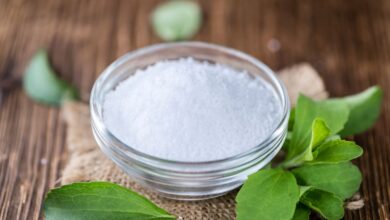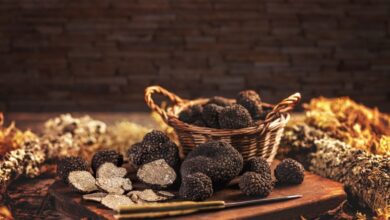Stevia – Why It’s the Preferred Sugar Substitute

Stevia is a popular sugar substitute extracted from the leaves of the Stevia rebaudiana plant. These leaves are valued for their sweetness and have been used as an herbal remedy against high blood sugar for hundreds of years. Their sweet taste comes from the steviol glycoside molecules.
Stevia is about 200 to 400 times sweeter than table sugar and is a non-nutritive sweetener, meaning it has no carbohydrates, calories, or artificial ingredients.
Steviol glycosides are not absorbed in the upper part of the gastrointestinal tract and therefore do not contribute any calories or impact blood sugar levels. When they reach the colon, intestinal microbes cleave the glucose molecules and use them as an energy source. The remaining steviol skeleton is then absorbed through the portal vein, metabolized by the liver, and excreted in urine.
Sweeteners with stevia can add sweetness to children’s foods and beverages without contributing to consumed calories or added sugars. Stevia sweeteners are not cariogenic, meaning they do not increase the risk of tooth decay. With a focus on reducing added sugar consumption in recent decades, the number of low-calorie sweeteners in foods and beverages has increased.
Foods and drinks with stevia are recommended for people with diabetes as an alternative to sugar-sweetened products and as a way to help them satisfy their sweet cravings while managing carbohydrate intake. Extensive studies show that stevia sweeteners do not raise blood sugar levels. The latest consensus statements from experts in nutrition, medicine, physical activity, and public health suggest that low-calorie sweeteners have a neutral effect on hemoglobin A1C, fasting and postprandial glucose, and insulin levels. According to their claims, the use of low-calorie sweeteners in diabetes management may contribute to better glycemic control.
Stevia is widely used as a sugar substitute in home cooking and food production. However, one of the biggest challenges with stevia is its accompanying bitter aftertaste. Food scientists are working on developing new methods for extracting and processing stevia to eliminate this issue.

